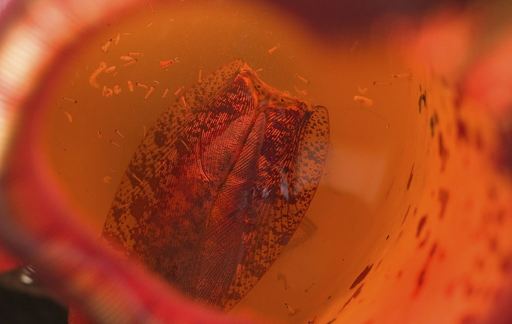Building on an anti-spam cybersecurity tactic known as tarpitting, he created Nepenthes, malicious software named after a carnivorous plant that will “eat just about anything that finds its way inside.”
Aaron clearly warns users that Nepenthes is aggressive malware. It’s not to be deployed by site owners uncomfortable with trapping AI crawlers and sending them down an “infinite maze” of static files with no exit links, where they “get stuck” and “thrash around” for months, he tells users. Once trapped, the crawlers can be fed gibberish data, aka Markov babble, which is designed to poison AI models. That’s likely an appealing bonus feature for any site owners who, like Aaron, are fed up with paying for AI scraping and just want to watch AI burn.
So instead of the AI wasting your resources and money by ignoring your robots.txt, you’re going to waste your own resources and money by inviting them to increase their load on your server, but make it permanent and nonstop. Brilliant. Hey, even better, you should host your site on something that charges you based on usage, that’ll really show the AI makers who is boss. 🤣
It’s already permanent and nonstop. They’re known to ignore robots.txt, and remove user agent on detection.
And the goal is not only to prevent resource abuse, but break a predatory model.
But, feel free to continue gracefully doing nothing while other takes action, it’s bound to help eventually.
I hope it’s effective.
It might be initially, but they’ll figure out a way around it soon enough.
Remember those articles about “poisoning” images? Didn’t get very far on that either
The poisoned images work very well. We just haven’t hit the problem yet, because a) not many people are poisoning their images yet and b) training data sets were cut off at 2021, before poison pills were created.
But, the easy way to get around this is to respect web standards, like robots.txt




